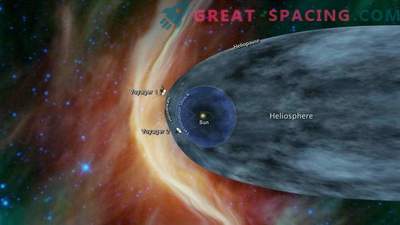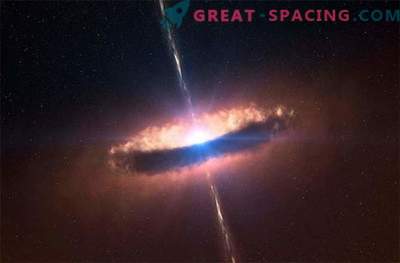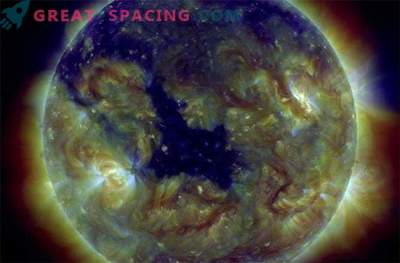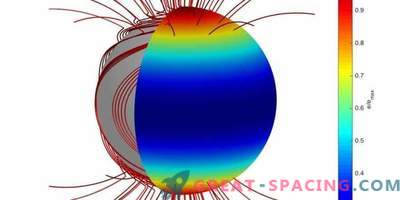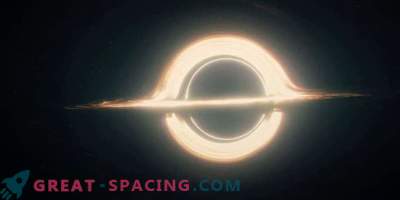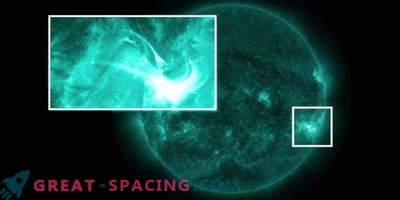
While the sun travels around the galaxy, its vast magnetic envelope, known as the heliosphere, interacts with gases and magnetisms in the space between the stars - a vast region known as the interstellar medium.
Astronomers assumed that the heliosphere has a cametian-like tail and is not too different in shape from the elongated raindrop formed in the interstellar medium, but now scientists think that the magnetic field of the Sun could be underestimated, changing our understanding of how our Solar system from afar.
The heliosphere goes far beyond the orbit of Pluto and is filled with energy particles ejected by the Sun. The magnetic field of the sun is pushed out with the solar wind, forming a magnetic envelope. The balance of pressure between the external pressure of the solar wind and the internal pressure of the interstellar medium is achieved at the boundary of the heliosphere, called the heliopause.
As the Sun moves, it is believed that the heliopause is currently being formed due to interaction with the interstellar magnetic field, but new observation models show that the solar magnetic field actually dominates its shape. Instead of forming a classic comet's tail, the researchers suggest the presence of two tails, formed from jets from the north and south poles of the sun. Interestingly, other stars in our galaxy also have a bipolar morphology of the heliosphere, but now similar mechanisms have been found in the solar system.

The star BZ Cam, which is located at a distance of 2500 light years from Earth, also has a bipolar heliosphere.
The understanding that our main comet-like model of the heliosphere of the Sun was incomplete came when the NASA probe Voyager-1 left the heliosphere. Measuring the direction of the interstitial magnetic field, astronomers were surprised to find a discrepancy between the direction of the magnetic field of our solar system, contrary to predictions.
Adding to these observations computer simulations of the solar magnetic field, it became obvious that these jets have a strong influence on the interstellar form of the heliosphere.
This led to the fascinating conclusion that the heliosphere is much shorter than previously thought and does not have a long, like a comet, tail. Although this study may be controversial, but the behavior of the double jet is also manifested in other stars of our galaxy. It is possible that the heliosphere of our Sun is much more complex than we originally thought.
